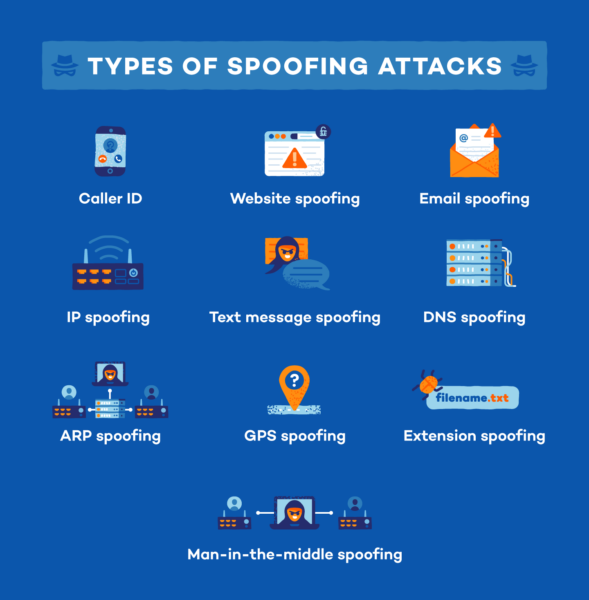Spoofing is a deceptive technique used in the realm of computer security and communication networks. It involves falsifying data or masquerading as someone else to gain unauthorized access, bypass security measures, or deceive users. This article explores the various aspects of spoofing, its types, applications, challenges, and its relationship with VPN services.
Expanding the Topic of Spoofing
Spoofing encompasses a range of activities, from email spoofing to IP address spoofing, where the attacker alters the source address in the IP header to conceal their identity or impersonate another system. This technique is often employed in phishing attacks, where malicious actors mimic legitimate entities to deceive users into divulging sensitive information.
Key Features of Spoofing
The key features of spoofing include:
- Deception: Spoofing involves the deliberate act of deception, where attackers manipulate data to appear as if it originates from a trusted source.
- Concealment: Spoofing techniques aim to conceal the true identity or origin of the attacker, making it challenging for security measures to detect and mitigate such attacks.
- Exploitation: Spoofing exploits vulnerabilities in communication protocols and security mechanisms to bypass authentication and gain unauthorized access to systems or data.
Types of Spoofing
Spoofing can manifest in various forms, including:
| Type | Description |
|---|---|
| IP Spoofing | Manipulating the source IP address to impersonate another system or evade detection. |
| Email Spoofing | Falsifying the sender’s email address to deceive recipients into disclosing sensitive information or spreading malware. |
| Caller ID Spoofing | Manipulating the caller ID information to disguise the caller’s identity during phone calls, often used in phishing and scams. |
| DNS Spoofing | Tampering with DNS records to redirect users to malicious websites or intercept traffic for eavesdropping. |
Ways to Use Spoofing
Spoofing can be utilized for various purposes, including:
- Conducting phishing attacks to steal sensitive information such as login credentials and financial data.
- Evading censorship or geo-restrictions by spoofing IP addresses to access blocked content or bypass regional restrictions.
- Testing network security defenses and identifying vulnerabilities through penetration testing and ethical hacking.
Challenges and Solutions
Despite its utility, spoofing poses several challenges, including:
- Increased risk of identity theft and financial fraud.
- Damage to reputation and trust among users.
- Legal and regulatory implications, with spoofing often violating cybersecurity laws.
To mitigate these challenges, organizations can implement robust authentication mechanisms, employ intrusion detection systems to detect spoofed traffic, and educate users about recognizing and reporting spoofing attempts.
Comparisons with Similar Terms
| Term | Description |
|---|---|
| Phishing | Involves deceiving individuals into divulging sensitive information through fraudulent emails or websites. |
| Hacking | Refers to unauthorized access to computer systems or networks, which may involve various techniques, including spoofing. |
| Cybersecurity | Encompasses practices and technologies aimed at protecting computer systems, networks, and data from unauthorized access, attacks, and damage. |
Future Perspectives and Technologies
The future of spoofing may see advancements in:
- Machine learning and artificial intelligence to detect and prevent spoofing attacks.
- Blockchain technology for secure and tamper-proof communication channels.
- Enhanced encryption protocols and authentication mechanisms to strengthen network security.
VPN and Spoofing
Virtual Private Networks (VPNs) can be associated with spoofing by:
- Providing encrypted communication channels to protect against IP spoofing and eavesdropping.
- Offering anonymous browsing capabilities by masking users’ IP addresses and locations, thus thwarting geo-restrictions and censorship.
Resources for Further Information
For more information about spoofing, consider exploring the following resources:


